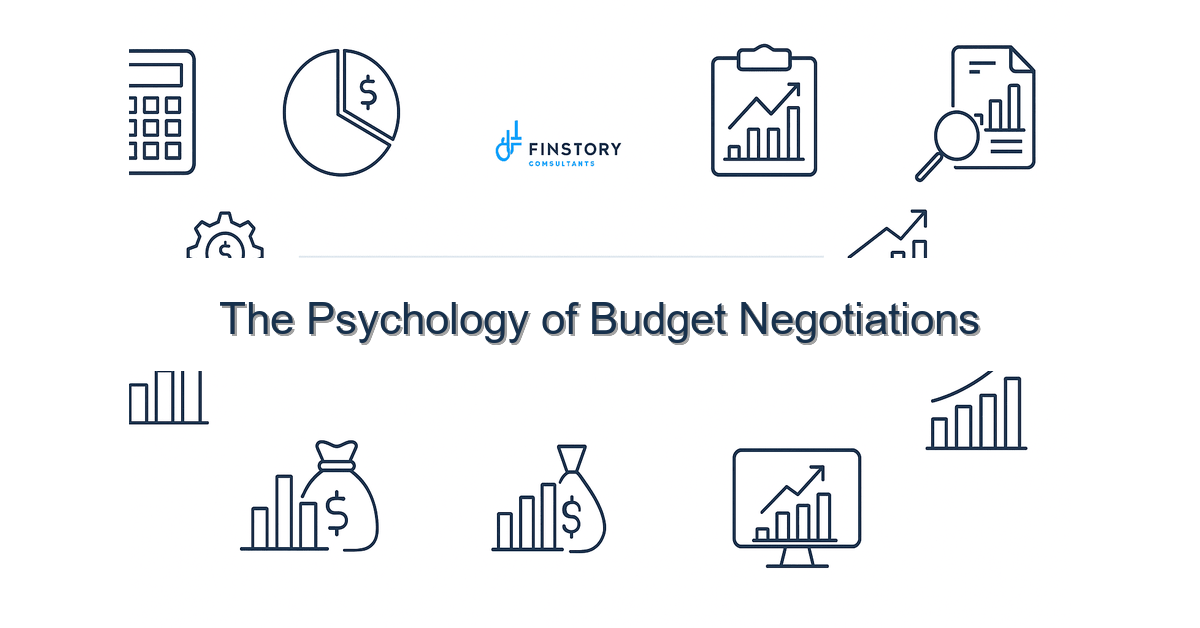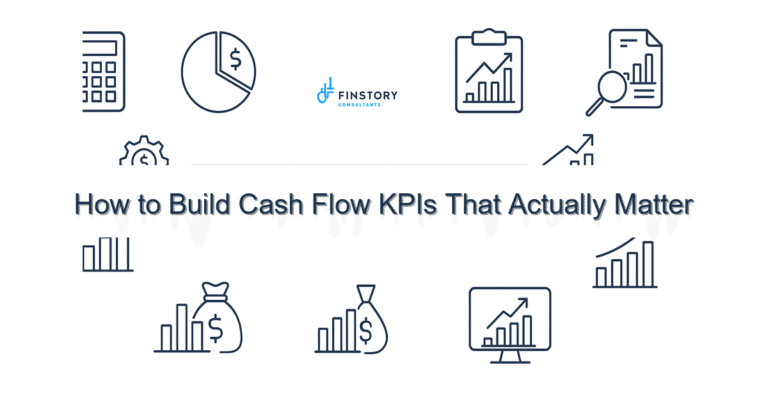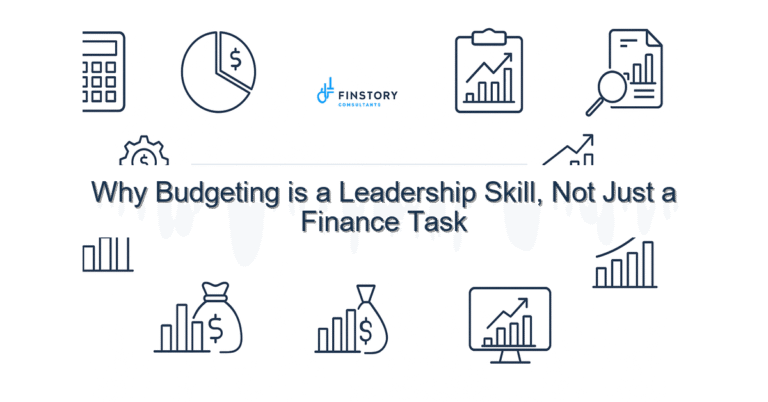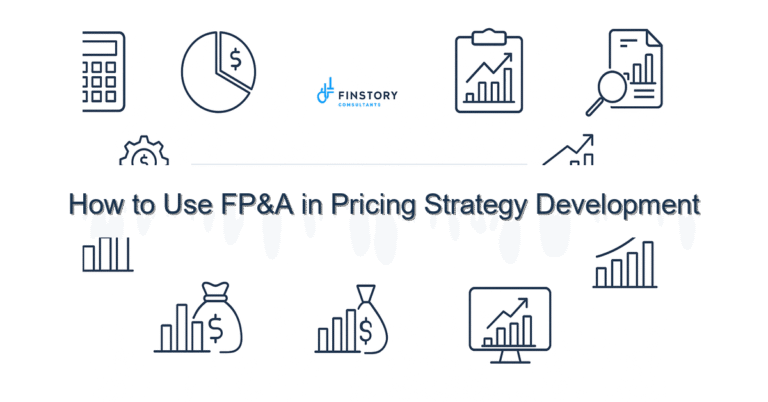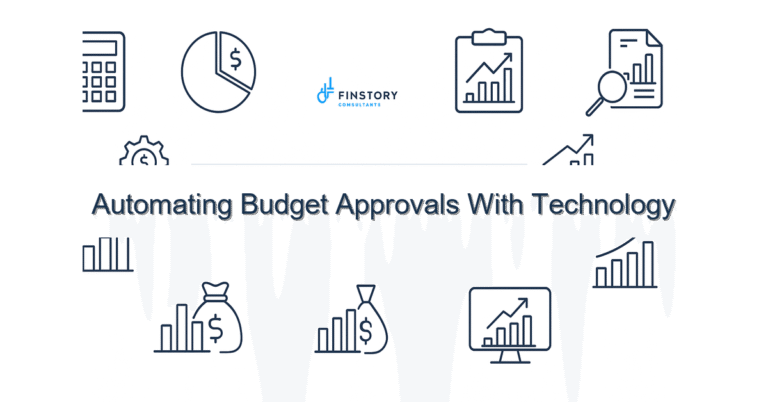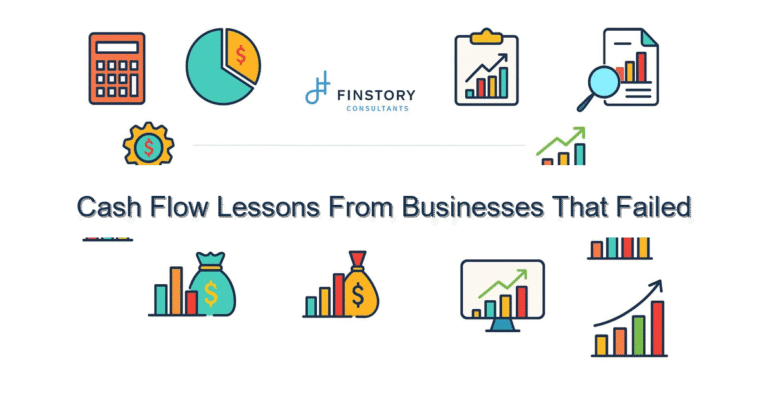The Psychology of Budget Negotiations
You carry the tension of conflicting priorities—clinical needs, regulatory requirements, and a finite budget. Budget negotiations feel like a sequence of swims against a current: important, urgent, and often stubbornly personal. If this is your world, you’re not alone—here’s how leaders are fixing it.
Summary: Get a practical approach to budget negotiations that improves clarity, builds stakeholder trust, and shortens decision cycles. Primary keyword: budget negotiations. Long-tail variations we’ll use: “healthcare budget negotiation best practices”, “CFO budget negotiation software”, and “hospital budget negotiation process.” This piece gives you a repeatable 4-step framework and a checklist you can apply this week.
What’s the real problem?
At its core, failed budget negotiations aren’t about numbers; they’re about perception. Teams view budgets as either a threat or a promise. Without a shared understanding of priorities and trade-offs, conversations become defensive and slow.
- Symptom: Meetings run long and end with vague action items or no decision at all.
- Symptom: Requests are evaluated emotionally—whose team is louder or better at presenting—rather than by expected impact.
- Symptom: Finance re-work and one-off analyses spike every month, eroding trust and accuracy.
- Symptom: The final budget feels unfair to clinical leaders, causing late-year overruns and ad hoc funding requests.
What leaders get wrong
Leaders often treat budget negotiations as a compliance task: gather paperwork, run a spreadsheet, get signoff. That ignores human behavior. Common mistakes include:
- Relying solely on historical line-item fights instead of framing decisions around strategic outcomes.
- Using data in isolation—dumping reports without translating them into business implications.
- Holding negotiations as one-off events instead of an ongoing dialogue with clear checkpoints.
Cost of waiting: each month of indecision can mean missed savings, delayed investments, or worse—programs that underdeliver because priorities weren’t aligned.
A better approach
Shift from debate to trade-off. Use a short, repeatable framework that clarifies what you’re buying, for whom, and how you’ll measure success.
- 1. Start with outcomes, not line items. Ask: what patient or operational outcome does this spend change? Tie requests to one or two KPIs.
- 2. Create tight decision envelopes. Group requests into categories (growth, recovery, essentials) and set rules for approvals within each envelope.
- 3. Standardize the ask. Use a one-page template: ask, impact, downside, timeline, measured KPIs, and fallback options.
- 4. Run short, data-led negotiation sprints. Meet with key stakeholders for focused 30–45 minute sessions with pre-shared models and clear decision owners.
- 5. Close with a transparent allocation and a monitoring plan. Publish a dashboard showing committed funds, outcomes tracked, and next review dates.
Real-world proof: A regional health system we worked with moved from quarterly, hour-long budget debates to weekly 45-minute sprints and a one-page ask. The result: 28% faster approval cycles and a 9% improvement in forecast accuracy within two quarters. Want a 15-minute walkthrough of this approach?
Quick implementation checklist
- Map your current budget meeting cadence and cut meetings by 30%—replace with short sprints.
- Build a one-page ask template and require it for every >$50k request.
- Define 3 priority KPIs for the year and link every ask to at least one KPI.
- Assign a decision owner for each budget envelope (growth, recovery, essentials).
- Run a pilot negotiation sprint for one department this month—timebox to 45 minutes.
- Deploy a simple dashboard (Power BI or similar) showing open requests and decisions.
- Create an escalation rule: unresolved asks get deferred to an executive triage within 5 business days.
- Publish a monthly one-page status update to stakeholders.
What success looks like
Measure negotiation outcomes, not politeness. Typical measurable benefits include:
- Approval cycle time reduced by 25–40% (days to decision).
- Budget forecast accuracy improvement of 5–12%.
- Reduction in one-off budget rework weeks by 30%.
- Faster implementation of high-impact projects—time-to-value cut by months.
- Higher stakeholder satisfaction—fewer escalations and fewer late-year funding requests.
Risks & how to manage them
Three common risks and practical mitigations:
- Risk: Stakeholders resist the new process. Mitigation: Start with a pilot and co-design the one-page ask with clinical leads.
- Risk: Data quality gaps make decisions shaky. Mitigation: Use a minimal viable dataset for the sprint and prioritize fixes in parallel.
- Risk: Decisions are made but not tracked. Mitigation: Publish a single source dashboard and assign an owner to close the loop on commitments.
Tools & data
The right tools support the psychology. Finance automation reduces cognitive load; Power BI or similar leadership reporting turns numbers into narratives. Use automation to free time for negotiation, not to replace judgment.
Mini-case: A hospital group that standardized asks and layered simple Power BI dashboards cut their monthly close by 38% and reported, “We finally spend our time deciding, not chasing numbers.”
Curious how automation fits into this? See our work on finance automation and forecasting best practices in our forecasting guide. For a deeper example, read a related case study.
FAQs
How long before we see results?
You can see improvements in meeting time and decision clarity within 30 days; measurable forecast accuracy gains usually appear in 2–3 months.
What size of hospital or system is this for?
The framework scales—from small community hospitals to multi-hospital systems. The template and sprint cadence just need size-appropriate thresholds.
Do we need new software?
Not immediately. Start with a one-page ask and a shared spreadsheet or Power BI dashboard. CFO budget negotiation software can accelerate scaling once the process is proven.
Will clinicians engage?
Yes—when you make the ask quick, outcome-focused, and clearly tied to patient impact. Co-design the template with clinical leaders for faster buy-in.
Next steps
If you want a concrete next step: pick one department and run a 45-minute negotiation sprint this month. Use the one-page template and a short Power BI dashboard to document decisions.
Soft CTAs: Need a one-page ask template? We can share one. Want to demo a dashboard layout that supports negotiations? We’ll show you an example. Prefer to talk through your workflow first? We’ll listen.
Ready to move from debate to decision? Book a quick consult with Finstory to map your negotiation process, pilot the sprint, and stand up the reporting you need—start seeing value in 30 days. Ask about our budget negotiation checklist and a 15-minute walkthrough of the approach.
Work with Finstory. If you want this done right—tailored to your operations—we’ll map the process, stand up the dashboards, and train your team. Let’s talk about your goals.
📞 Ready to take the next step?
Book a 20-min call with our experts and see how we can help your team move faster.
Prefer email or phone? Write to info@finstory.net
or call +91 44-45811170.
